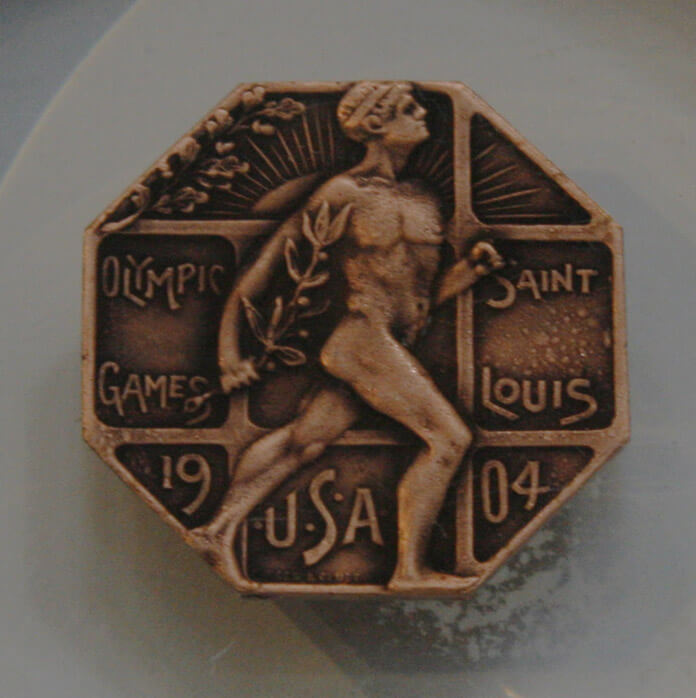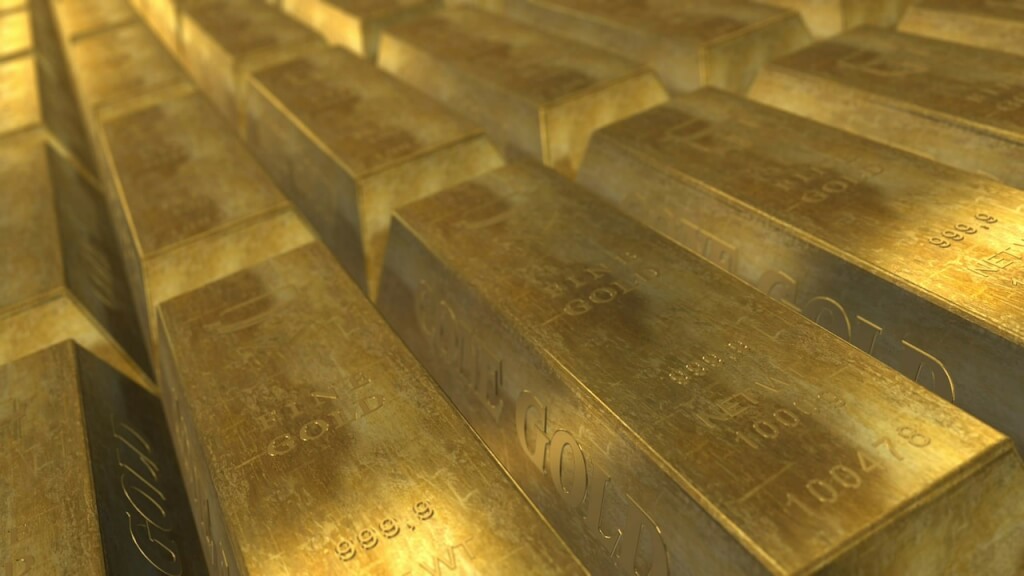It’s that time of year again. Olympic games season. Athletes prepare their whole life for a few minutes (if that) to showcase their incredible skills. In the end, only one can walk away with the gold medal. But has it always been that way? With the games just recently coming to a close we wanted to take a look at what really goes on with those famous medals.
History of the Olympic Medals
The first traces of the Olympic games date way back. More than 2,700 years in fact to Greece in 776 BC. At this time, medals weren’t awarded to competitors, however. Instead, a crown with wreaths made of olive leaves was the prize. This tradition continued until the Roman emperor Theodosius I (or possible his son) abolished the games entirely in the year 400 AD.

Modern day Olympic games (as we know them today) commenced again at the end of the 19th century. The first games were held in Athens in the year 1896. But gold didn’t make an appearance here either. The first place team or individual received a silver medal. The runner-up got a copper.
In the next games, taking place in Paris in 1900, winners received trophies, cups, valuable paintings and even works of art in the place of medals.

It wasn’t until 1904 when the gold, silver and bronze medals started to be awarded to competitors in St. Louis. This tradition continued on to modern times, with standardization of the medals occurring in 1928.
So why gold, silver and bronze?
The question then arises: why is bronze good, silver better and gold the best? One potential explanation is simple science. Bronze is made by combining copper with tiny amounts of other metals (something humans discovered 5,000 years ago).
Of the three Olympic medal metals, copper is the lightest and the most abundant. It makes up 0.0068% of the earth’s crust. Silver is a bit heavier, and makes up 0.000008% of the earth’s crust. Gold is the heaviest, and the rarest. It makes up just 0.0000004% of the earth’s crust.
That makes sense right? The rarest and the heaviest awarded to the winner?
Now that the question of why has been given a possible explanation, let’s move on to what we all are actually really interested in…
What is the Olympic gold medal really worth?
To start, it’s important to mention that the gold medal is not entirely made up of gold. In fact, the International Olympic Committee requires that the gold medal contain a minimum of six grams of gold. The last time an Olympic medal was made completely of gold was in 1912 in Stockholm. At this time, gold’s average price clocked in around USD $18.93 an ounce. The weight of the 1912 Stockholm Olympic gold metal was 24g (0.77 ounces). So the cost of this medal was about $14.58 in 1912. Even adjusting for inflation, this medal would cost far less than the Rio Olympic gold medal today.
The Rio 2016 gold medals weigh in at a whopping 500g. This is significantly heavier than previous games. The previous largest medal record was from the 1992 games in Barcelona, which weighed in a 231g.
https://www.instagram.com/p/BIin0Gug9p4/
However, the Rio 2016 medal contains just 6g of gold and 494g of silver. At today’s gold prices, Investopedia estimates the value of the gold medal to be at USD $565.62 each.
The prize would be even more rewarding if the medal was made entirely out of gold, however. With current market value, each Olympic gold medal, made completely of gold, would be worth USD $17,214,400.
We can imagine those years of endless training and perseverance would become a bit more attractive for all of us if this medal scenario were the case!
